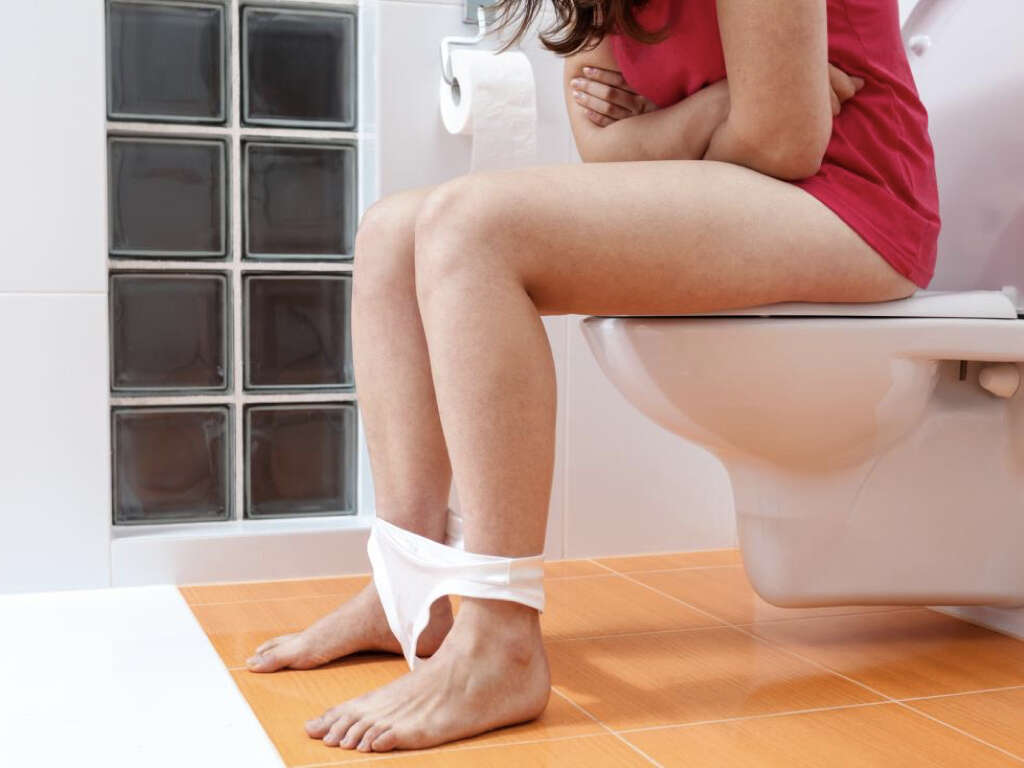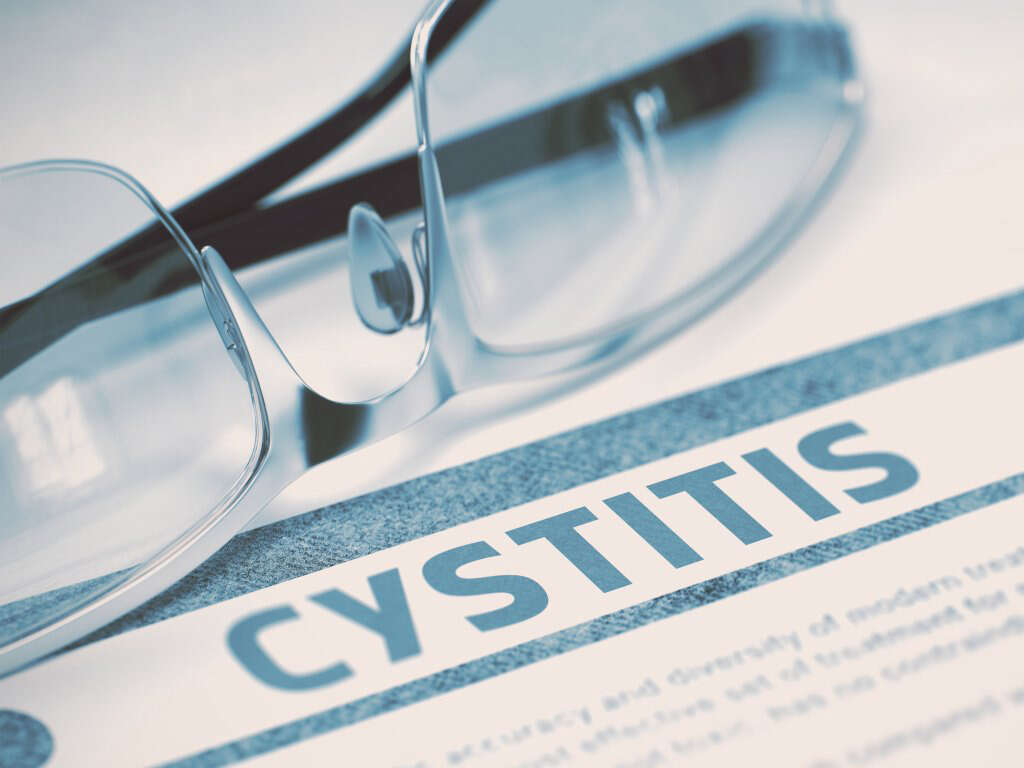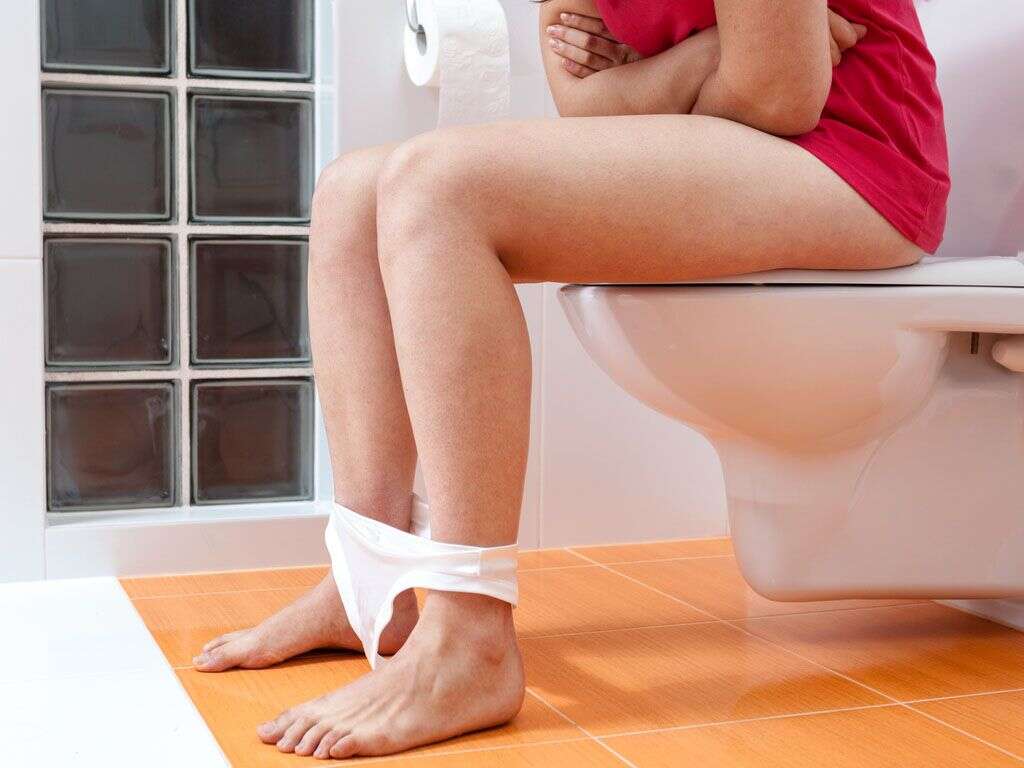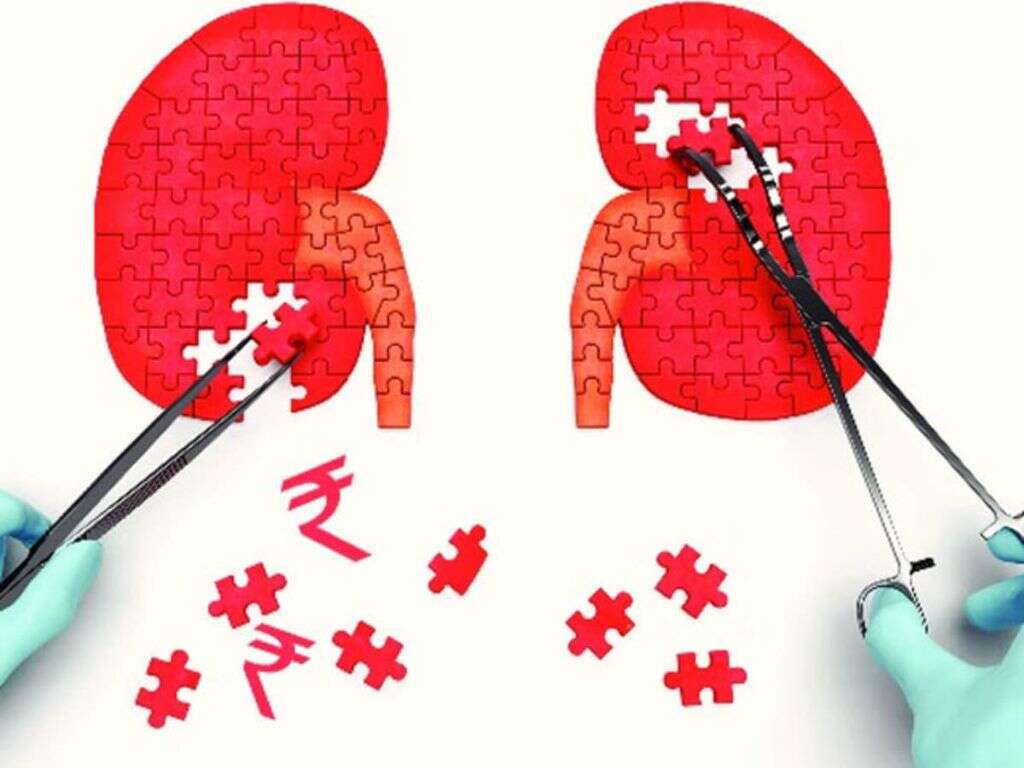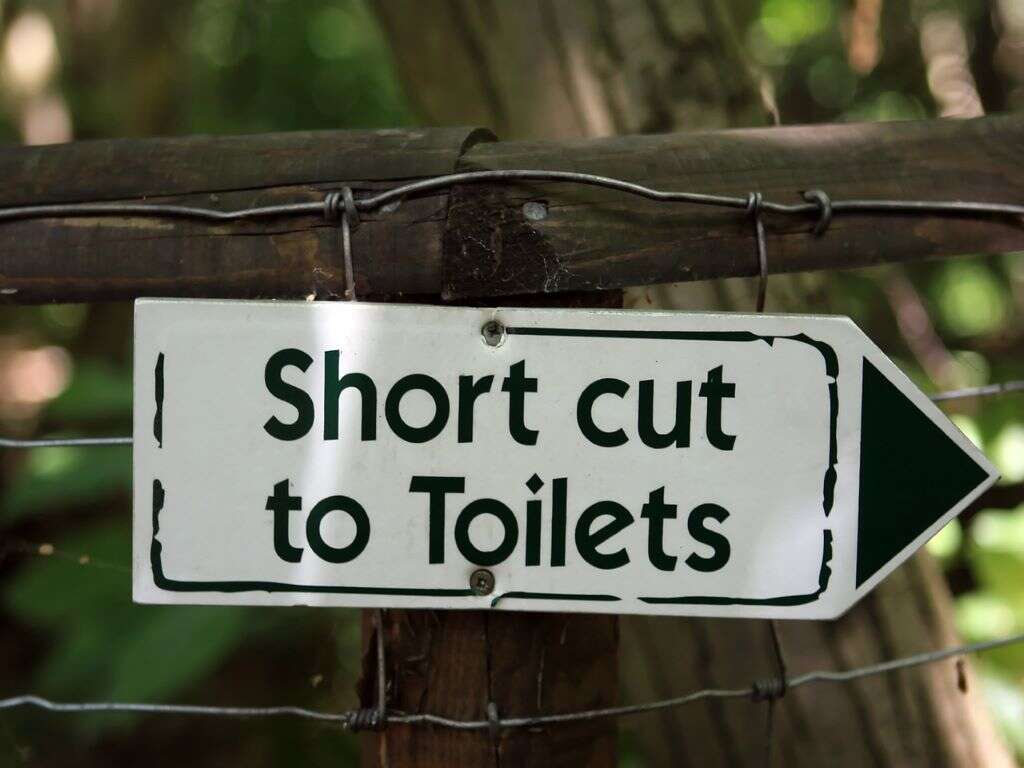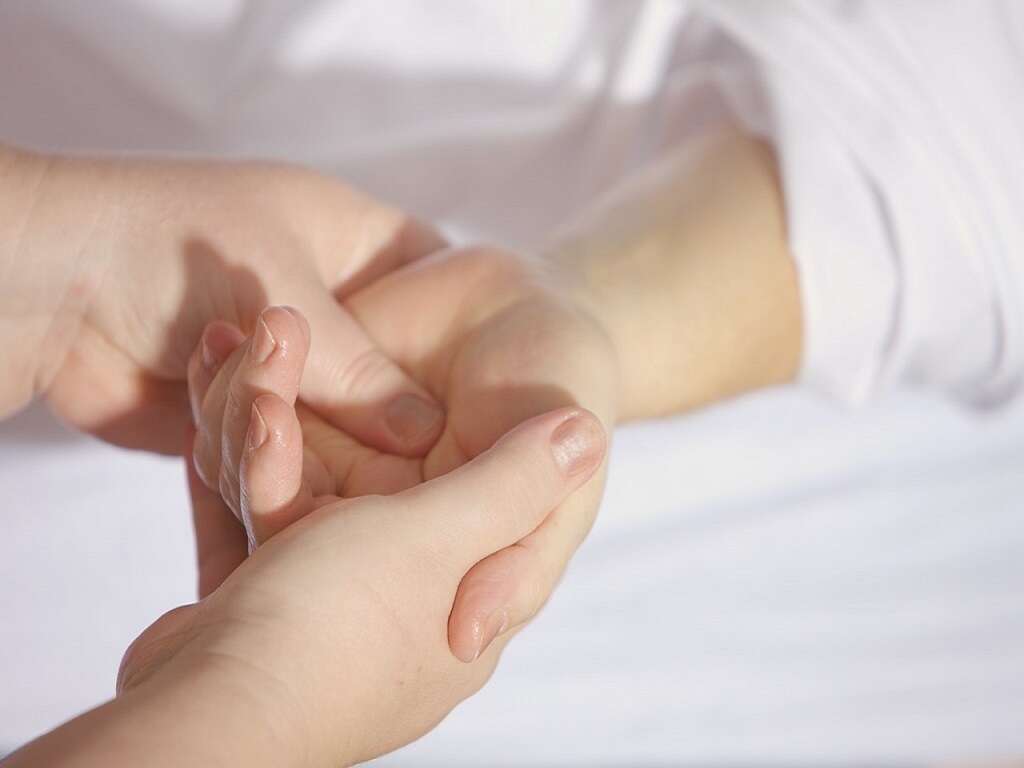What Is Interstitial Cystitis?
Our bladders perform an important function for us. If we did not have a bladder in which to store urine, our urine would be persistently dripping from our bodies. This would be a bad thing for a multitude of reasons. If something was to go wrong with our bladder then it could be rather problematic for us.
Many bladder problems come as we get older and our bodies don’t work as effectively as they used to. Others can be caused by illnesses, and some people are simply born more prone to developing certain problems. One example of an issue with the bladder is interstitial cystitis. Here’s a closer look at what it is, what the symptoms are, and what can be done to treat it.
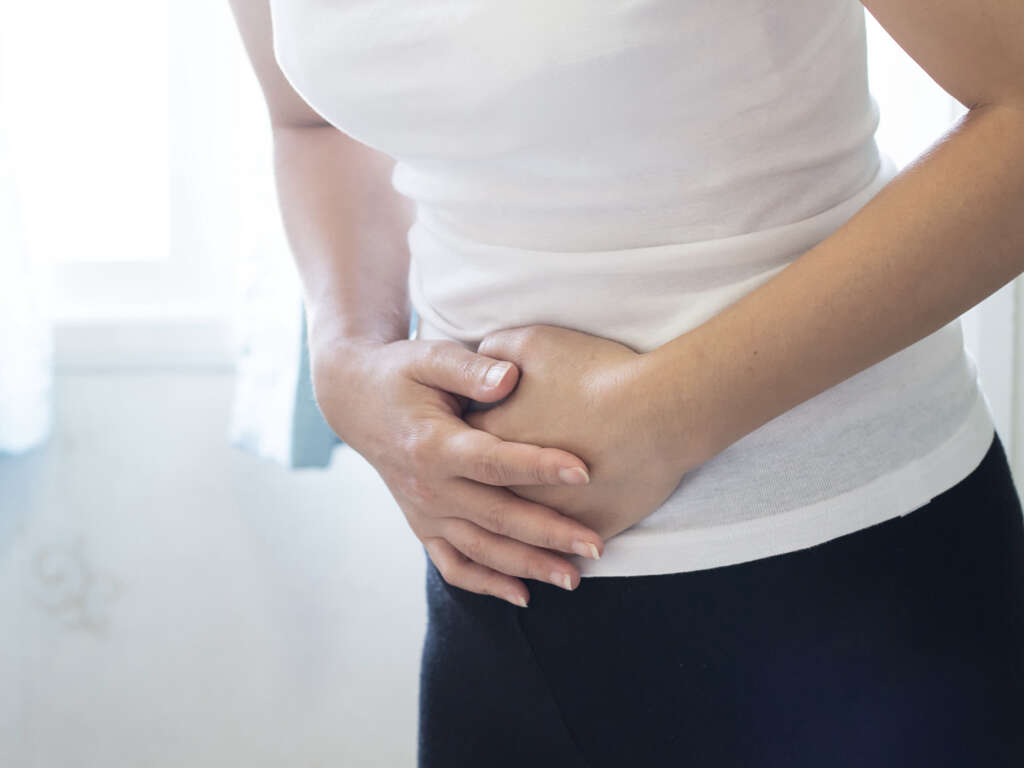
1. Interstitial Cystitis
Interstitial cystitis is a condition that will cause considerable pain in some people, although the severity of the symptom will vary. It happens because messages that usually tell the brain that the bladder is full become confused. This will, in turn, cause a number of problems for the patient where their bladder is concerned.
It is a chronic condition, meaning the patient will have it in the long term, and it can have a considerable negative impact on the patient’s quality of life. There is no known cure for the condition, but treatment is available that will help to make the patient more comfortable.
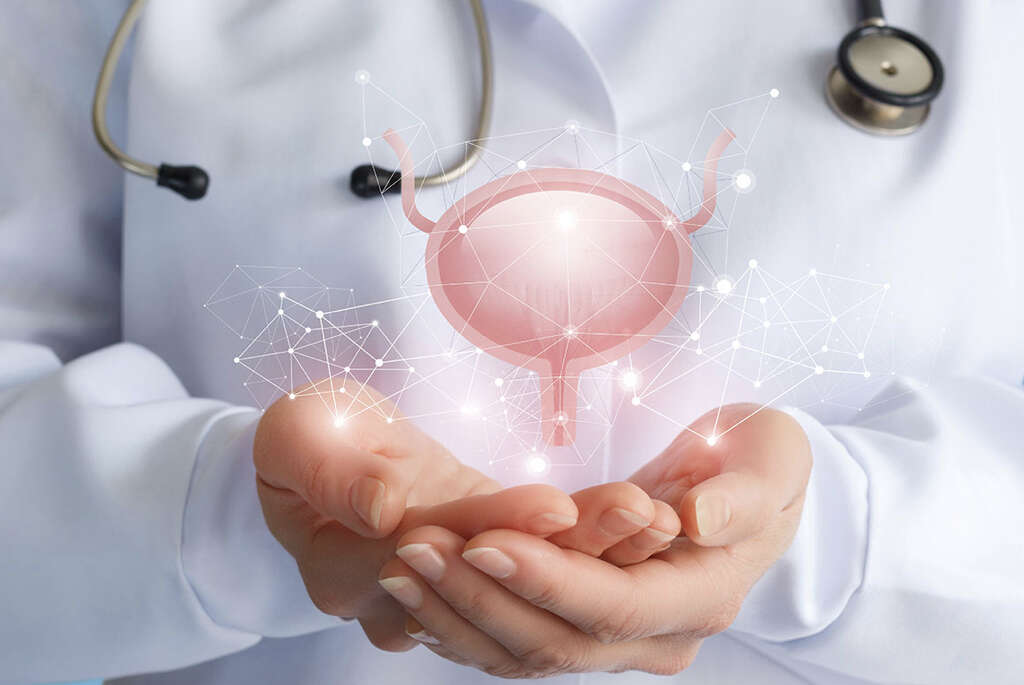
2. Causes
We don’t know exactly how or why interstitial cystitis happens, but we do know it is associated with a number of factors. One of these is an autoimmune reaction, which means the patient’s body is being attacked by their immune system. Allergies may also be a contributing factor in some cases.
Another potential cause of the condition is an infection, and women in particular are prone to developing bladder infections. Another potential factor is a leak in the epithelium, which is the bladder’s protective lining. Such a leak could allow toxic substances to get into the bladder, thus causing irritation.

3. Symptoms
The symptoms of interstitial cystitis may sometimes be mistaken for a urinary tract infection. Despite this, there will be no infection present, although the patient’s symptoms can get worse if they do also develop a urinary tract infection. The symptoms and their severity can also vary from case to case regardless.
Some patients will find that there are periods of relatively mild symptoms, only for them to flare up from time to time. This tends to be triggered by factors like long periods of inactivity, exercise, stress, sexual activity, and menstruation. The patient may need to make some changes in their lifestyle to try and prevent the symptoms from flaring up.

4. Pain
Perhaps the most noticeable of the symptoms of interstitial cystitis is pain. This will typically mean pain in the pelvic area, and pain when the bladder becomes full. The pain will also often be relieved when the patient urinates. They can also experience pain during sex and at other times pain will be felt in between anus and the scrotum or vagina.
Another typical symptom of the condition is a near constant need to urinate. The patient will need to make frequent trips to the bathroom day and night. Frequent trips to the bathroom can also mean the patient is tired the following day as they struggle to get enough sleep.

5. Complications
In addition to the symptoms already mentioned, interstitial cystitis can also go on to cause complications for the patient. One of these is that the walls of the bladder can stiffen, and this can reduce the bladder’s capacity in the long term. The condition can also cause the patient to have problems with their relationships.
The condition can also have a considerable impact on the patient’s ability to have a good time. They may not be able to join in with social activities as they used to, and they may also not be able to take part in activities like sports. In some cases, the condition can also lead to depression, and some people with depression will end up taking their own life.

6. Risk Factors
Just about anybody can develop interstitial cystitis, but some people are more likely to develop the problem than others are. One of the main factors is sex, and women are considerably more likely to be diagnosed with the condition than men are. It is also more common in people who are aged 30 years old and above.
People who have other pain disorders are also in a higher risk category. This includes conditions like fibromyalgia and irritable bowel syndrome. Hair and skin color is another potential factor, and people with red hair and fair skin are also at a higher risk of developing interstitial cystitis.
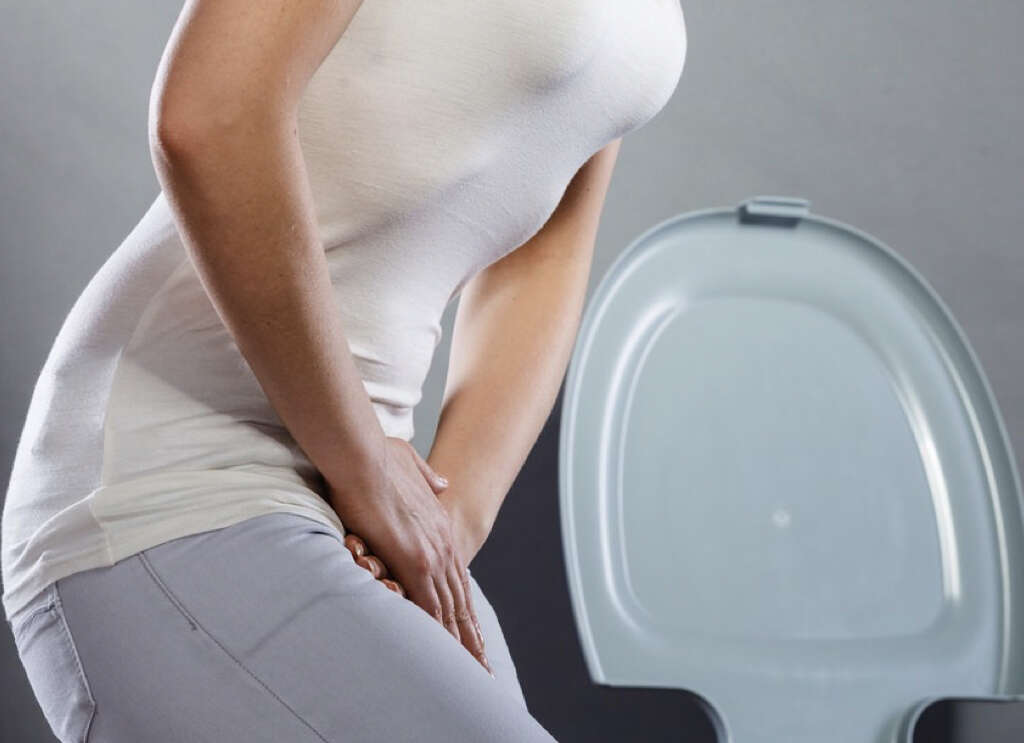
7. Diagnosis
Your doctor will need to know about your symptoms, and about your family’s medical history. They may also need to perform a brief physical exam. Your doctor may also ask you to keep a diary with details including what you eat and drink, how much urine you pass, and what your symptoms are.
Tests may also need to be performed, and this will often mean a urine test. This can help experts to look for signs of infections and other conditions like cancer. A pelvic exam may also need to be performed, and a cystoscopy may also be deemed necessary. They may also wish to perform a potassium sensitivity test, and a biopsy may also be performed.
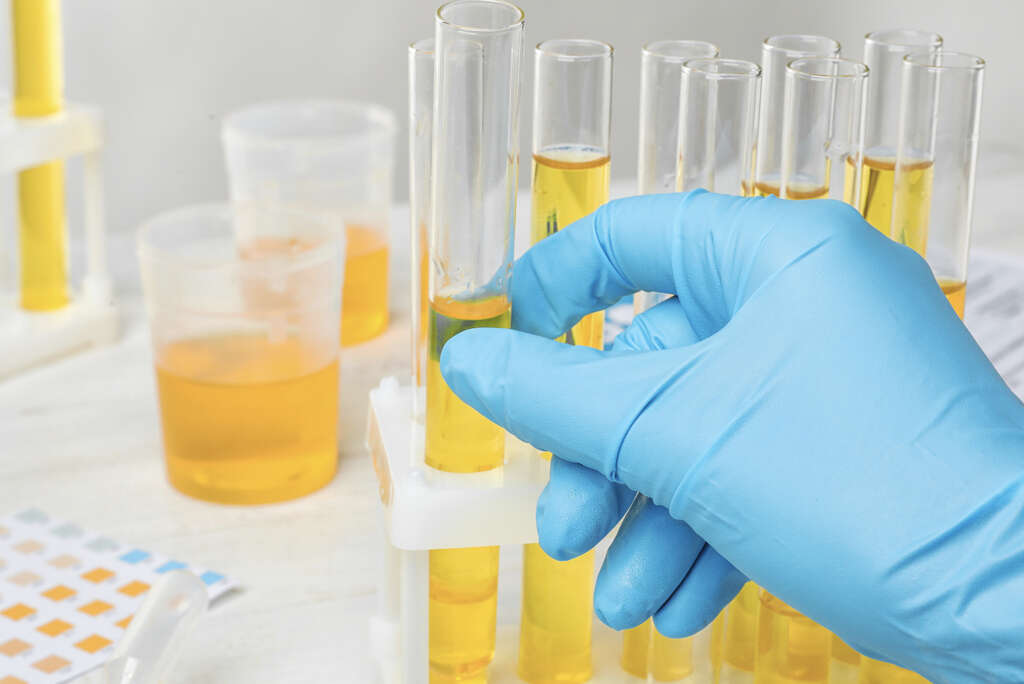
8. Medication
Interstitial cystitis cannot be cured, but it can be treated. Treatment includes antihistamines which can help to reduce the frequency that the patient needs to urinate. The patient may also be prescribed medication that will help to relieve pain, while some medication may also be used that will help to relax the bladder.
Another type of medication may also be prescribed that will help to restore the patient’s epithelium, and this can prevent irritating chemicals from leaking into the bladder. While this medication may be effective in the medium to long term, it will take some time before the patient begins to feel any benefit from it.
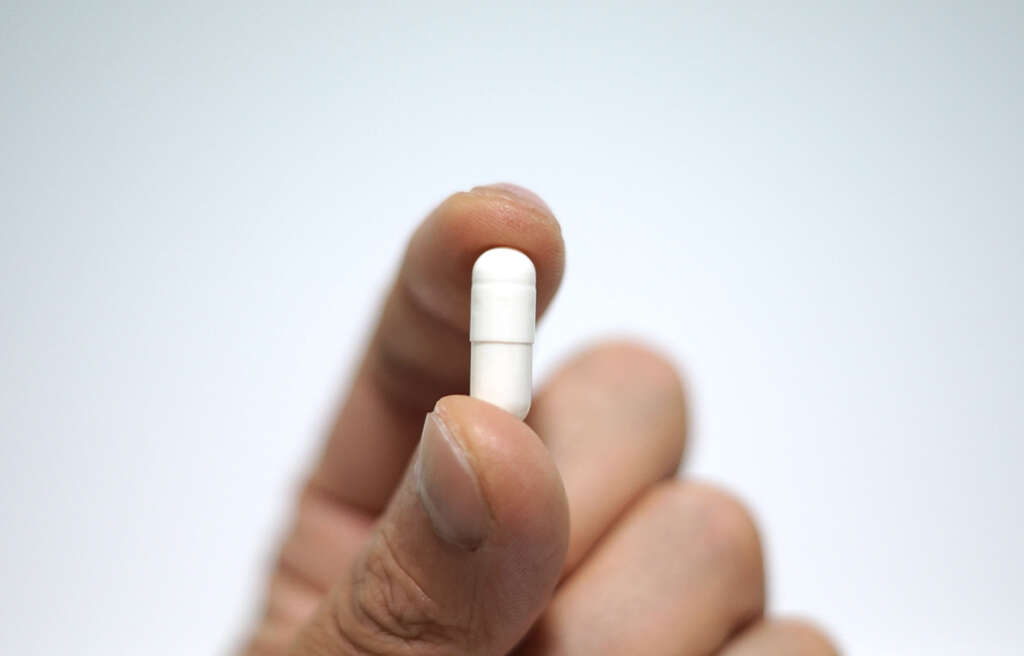
9. Therapy
Physical therapy can help to relieve problems caused by abnormalities with muscles and connective tissues. Other types of therapy will involve nerve stimulation, which involves the use of wires to deliver electrical impulses to certain parts of the patient’s body. This can help to trigger certain substances that will help to block some of the pain.
The therapy can also help to strengthen the muscles that are responsible for controlling the bladder. A similar therapy may be used to help reduce the urgency to urinate. Another potential treatment is using water to help stretch the bladder in order to increase its capacity.
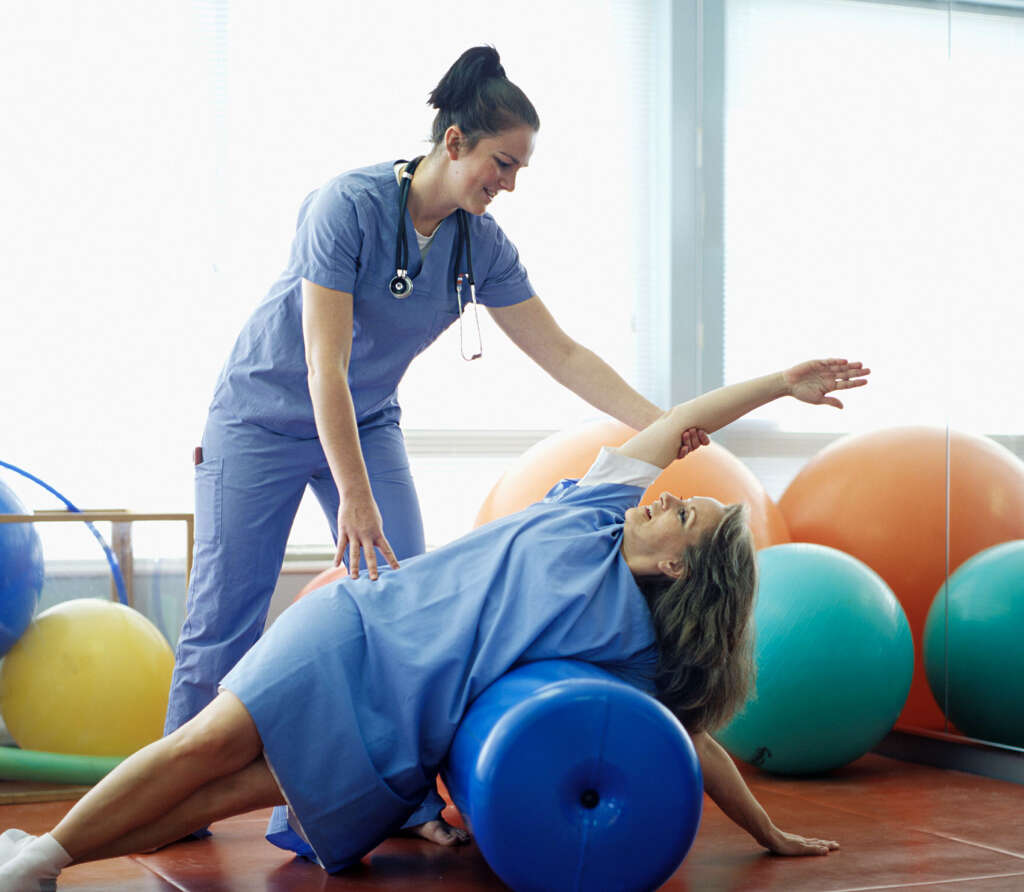
10. Surgery
In cases of interstitial cystitis, surgery only tends to be used when the case is serious, and when no other methods of treatment are working. When surgery is performed it will sometimes involve a bladder augmentation. In this procedure, the surgeon will use a part of the intestine to help increase the capacity of the bladder.
Another potential procedure is fulguration. This is a procedure that involves burning away any ulcers that might be present. Resection is another potential procedure, and this means cutting around any ulcers that might be causing problems. The latter two procedures can be performed using minimally invasive methods.





